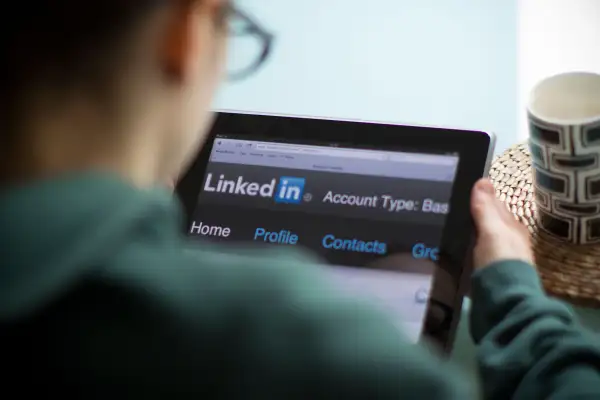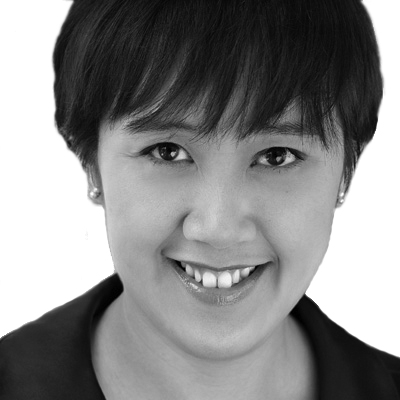Refresh Your LinkedIn for Holiday Networking: a 10-Point Checklist

It will be Thanksgiving before too long and the kick-off of holiday networking. If you’re planning on using this time to maintain and grow your professional network (and you should), make sure your LinkedIn profile is up–to-date. Here are 10 areas to check on your LinkedIn profile:
Photo: You don’t need a professional headshot, but you do want to look professional. Choose a close-up of your face. Don’t include pets, children, or busy backgrounds. People who you network with and then want to connect with on LinkedIn will better remember you when they see both your profile and your picture. You want your photo to look like you.
Headline: These are the words that appear under your name. When you create your profile, LinkedIn includes a default – typically your current title and company. But you can change that. If your title is generic and your company isn’t a household name, it might not be clear what you do and what your industry expertise is. You may want to instead choose a more descriptive headline (e.g., marketing professional, finance manager).
Summary: Directly below your photo and brief outline of your experience is space for a Summary. This is searchable, so be sure to include the keywords that you want to be found for – brand name companies, technical skills, functional and industry expertise. Look at other profiles for summaries that you like, and model yours after that.
Experience: If it’s been a while since you have updated your profile, your experience section might not reflect what you’re currently doing. Make sure your title and description of your role is current.
Extras: Don’t stop editing at just the main sections, like Education and Experience. There is a Publications section where you can mention if you have written something – a report for a trade newsletter, a guest blog. You can also add videos or PowerPoint to your Summary or Experience sections to showcase examples of your work. The Volunteer and Interests sections reflect another aspect of your background.
References: You can ask people to write a Testimonial about your work. As a former recruiter, I can confirm that this won’t at all replace actual reference checks, but it’s another way of showcasing your background. It’s also a great way to reconnect with the people from whom you request references. Endorsements are another way to show peer support of your skills (while Testimonials are written references, Endorsements are just checkmarks against specific skills that show someone in your network confirms you have that skill). Be sure to list the skills you want to receive endorsements for so these keywords accumulate on your profile.
Settings: If you haven’t checked your privacy settings in a while, do that while you’re updating everything else. When you make a lot of updates, you want to turn off the notification to your network of changes you make – you don’t want your connections to be bothered every time you make an edit. Then, be sure to turn the notification back on because for less frequent updates – when you post a status update, when you change your title – you do want your network to be made aware. Another setting to look at is regarding your browsing activity -- “Select what others see when you’ve viewed their profile.” When you look at someone else’s profile, you can reveal who you are, stay semi-anonymous (LinkedIn shows no picture and just a generic industry or title) or anonymous. If you don’t want others to know you’re looking at their profiles, make this setting anonymous.
Connections: The connections that you have determine what kind of new connections you can see (because you are seeing their networks and their networks’ network). So as you update your own profile, think about what connections you’d like to make, and which connections you’ll accept going forward.
Groups: Groups are like-minded members drawn together by industry, role, shared background (e.g., company, alma mater) or shared interest. Groups are a great way of meeting people and staying current. The groups you are in also reflect your own experience and interest. So groups are another area to proactively update.
Contact info: Your email might have changed since you first set up your profile. If you want to know when people reach out to you on LinkedIn or get activity feeds or notices from your Groups, you need to make sure the email connected to your profile is something you check regularly. When I was recruiting, I regularly received very tardy responses from candidates I reached out to on LinkedIn with the sheepish excuse that they don’t check that platform so often. Have the notifications forward to an email that you do check often! Why be present on a platform known for its recruiting advantages if you’re not going to respond!
Don’t just network during the holidays. Plan to follow up and stay in touch. LinkedIn is an ideal platform to do this, so make sure your profile is ready now.
Read next: 7 Ways to Get Noticed on LinkedIn
